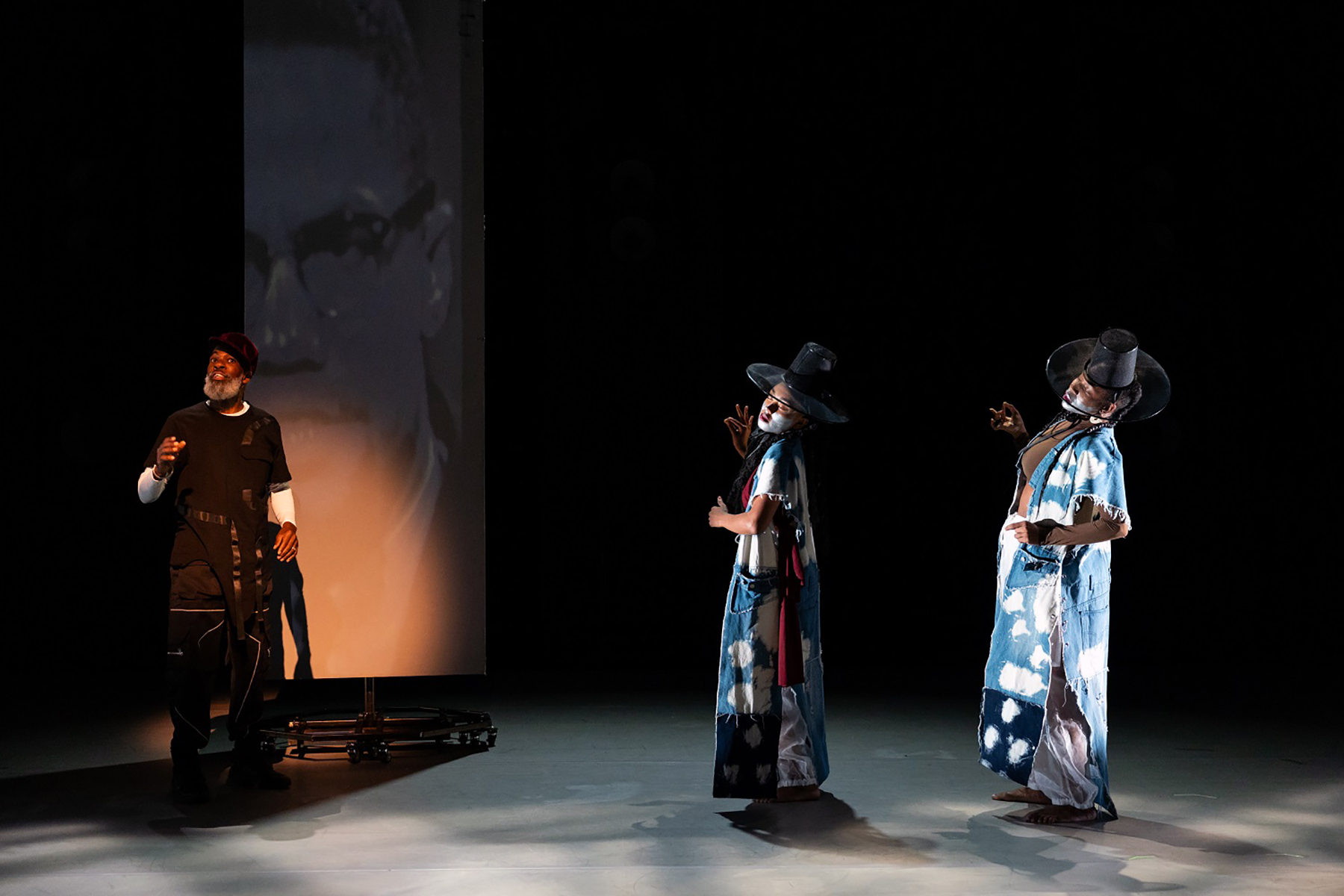
A dance performance review is not simply a critique or analysis of a piece; it serves many purposes, including providing feedback to choreographers, elevating a dancer or dance company’s reputation, and creating a vital historical record of what is intrinsically an ephemeral art form. Within the changing media landscape, fewer dance scholars and media sources are producing formalized reviews, negatively affecting the industry and artists alike. In response, LMU Dance faculty members Taryn Vander Hoop and Laura Ann Smyth have created a dance review podcast to address what they see as a critical deficit in the industry.
LMU on Dance is a podcast dedicated to celebrating and supporting local dancers and performers in the Los Angeles area. Each month, Vander Hoop and Smyth will conduct inspiring conversations about local performances and artists, including reviews, history, and interviews. The funding for the project came from the LMU College of Communication and Fine Arts BIPOC Initiative, as well as a Summer Fellowship grant from the LMU Center for Media Arts and a Just Society (MAJS). The first episode features a review of “Prophet: The Order of the Lyricist” by LMU Dance alumna Marjani Forté-Saunders ’04 and Everett Saunders, as well as an interview with Forté-Saunders.
The idea for the podcast started with Vander Hoop, who had been looking to find ways to amplify the voices of dance artists, forms, and choreographic approaches that have been historically underrepresented in dance media. It was through conversations with Smyth, who has a journalistic background writing about dance, that the pair decided on their medium and determined their path forward to address what they see as a systemic issue in the dance world.

“Historically, dance reviews were frequently influenced by either the writer’s point of view or bias, or we often would see reviews of only certain works by certain choreographers. When we neglect to evaluate dance forms outside of the Western dance concert canon, we ‘other’ this type of performance, and fail to acknowledge or understand the context, culture, or aesthetic in which the choreographic works originated,” said Vander Hoop. “In our podcast, we are reviewing works by, and speaking to, historically underrepresented groups in dance, and most importantly, in a culturally sensitive way. For us, this means attempting to remove the Western lens through which so much art is judged.”
Developing the podcast themes has been integrated into a revived course within the dance department called “Dance Theory and Criticism.” Led by Smyth, the course is a formal seminar in the philosophy of art and aesthetic criticism, where students are introduced to critical theories and their relationship to dance and dive into the history of dance criticism and the role it has played in defining dance in Western society. In supporting the podcast and other class projects, students will develop their own critical voice through the process of viewing, analyzing, reading reviews, and discussing concert and commercial choreographic dance works.
When we neglect to evaluate dance forms outside of the Western dance concert canon, we ‘other’ this type of performance, and fail to acknowledge or understand the context, culture, or aesthetic in which the choreographic works originated.
Taryn Vander Hoop
“In the course, we are exploring the critical dance review; what that means, and how it affects different people at different points in time,” said Smyth. “The students will have opportunities through the podcast to present their research, assist with reviews, posing or developing interview questions, and with technical and marketing aspects of the podcast, as well.”
The podcast plays into a fundamental objective of LMU Dance, which is engaged in building talented dancers and creating future changemakers in dance. Through curriculum, workshops, events, and initiatives, the department is developing actionable steps that students can take to continue to be engaged, during their undergraduate education and beyond. According to Vander Hoop, “At first, we thought, we could talk about this huge problem, and investigate it critically and explore why it had happened and why it continues to happen. But then we thought, why not be part of the solution instead?”



